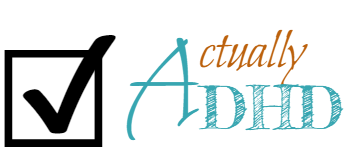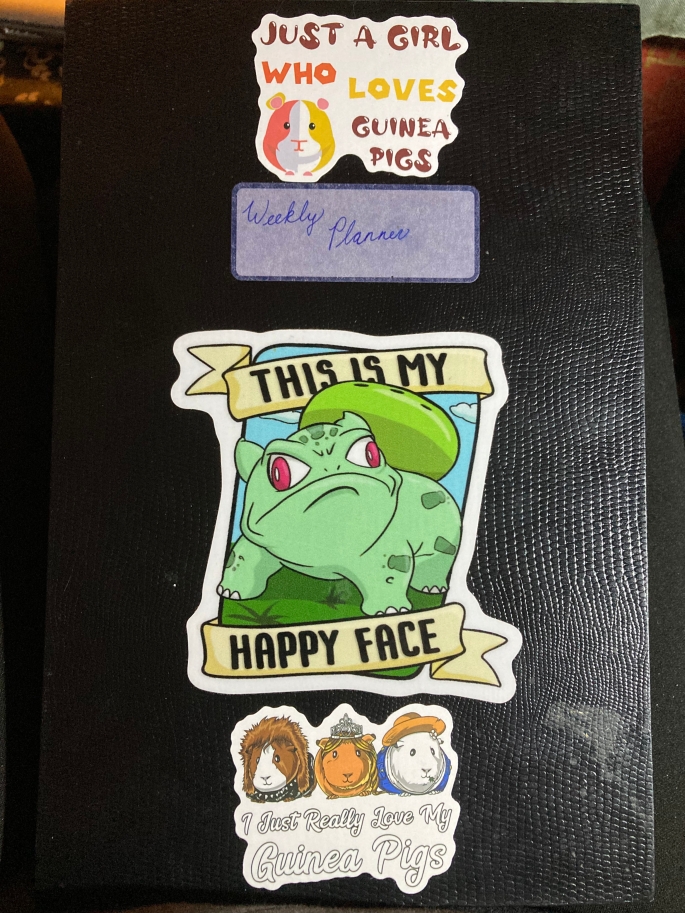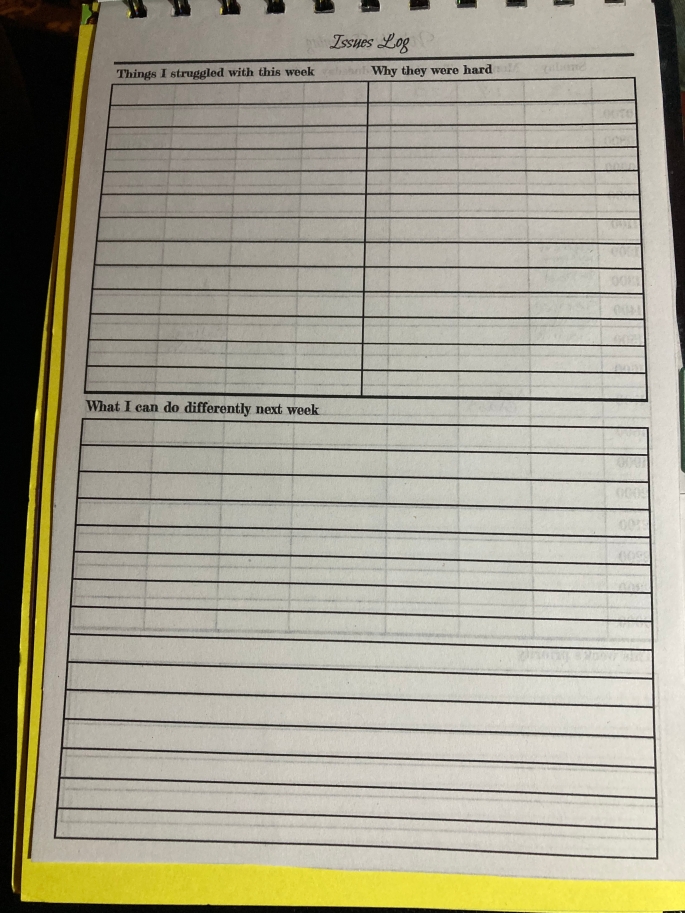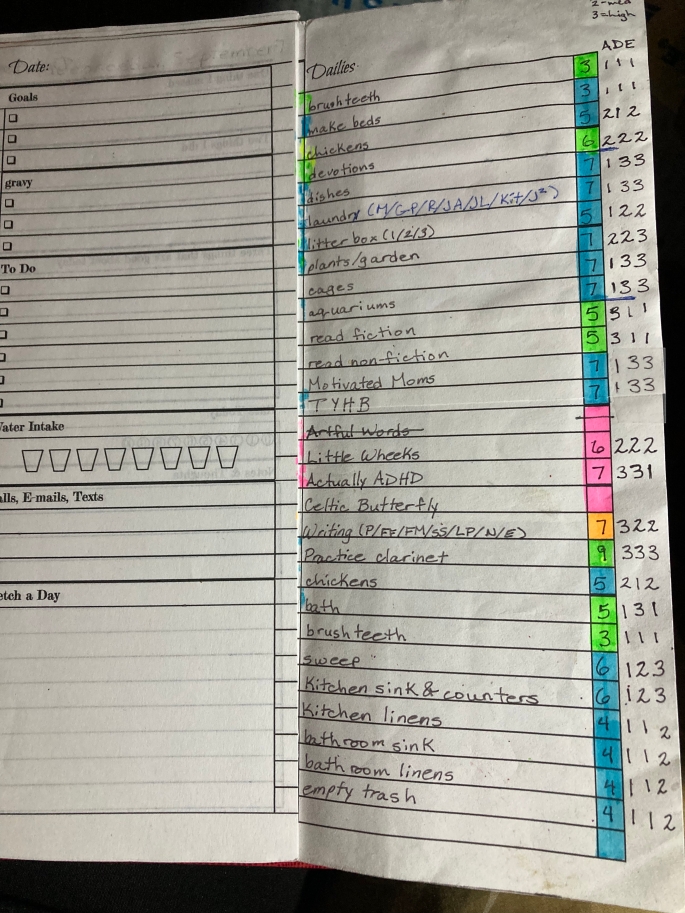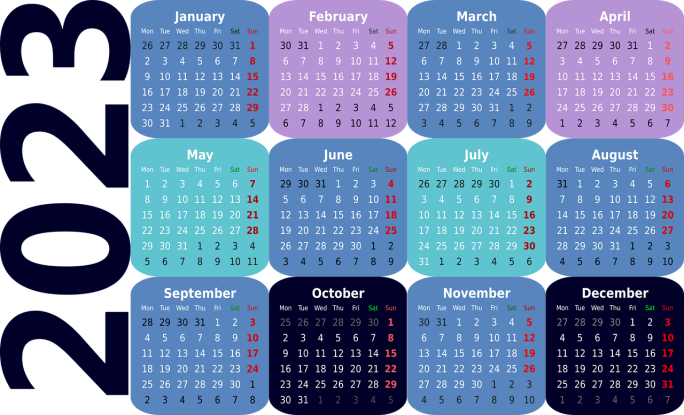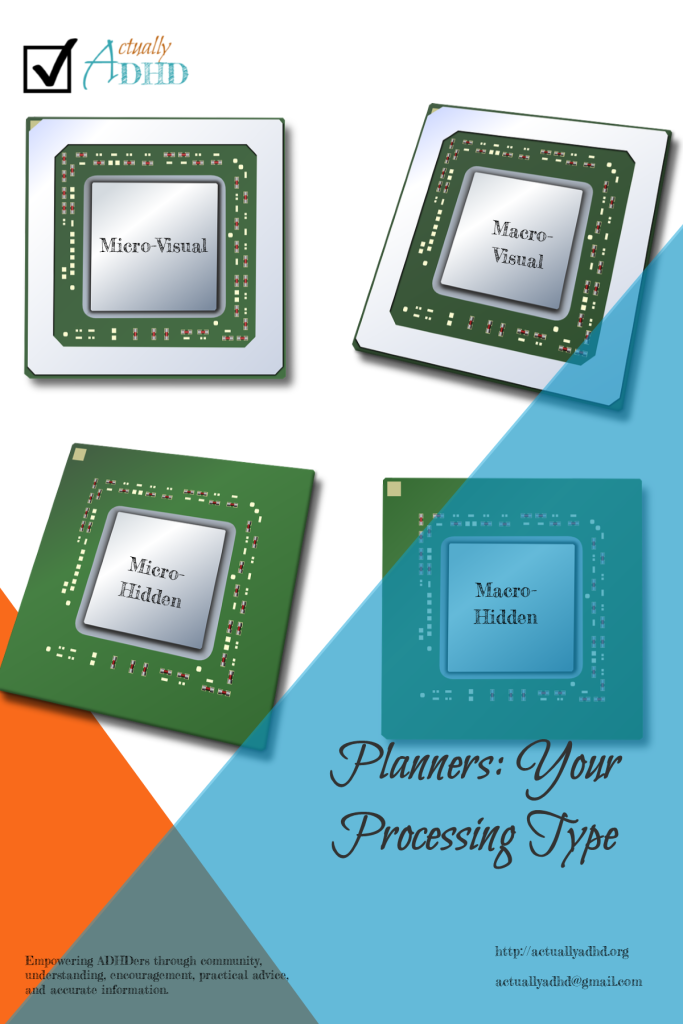I’m tired of the adversarial language surrounding ADHD. Why am I trying to overcome something that’s part of who I am? Why do I try to trick myself into things? What might happen if I embrace it instead, fully accept the limitations ADHD brings, and start learning how to dance with such an erratic partner?
What is the Dance?
This dance isn’t like the waltz we learned in grade school, where one person leads and the other goes where they’re guided. No, I think of this as more like a pas de deux in ballet, or pairs in figure skating. In both of these, the dancers each have their own part to play and dance independently, then come together for particular moments. If there is no trust, no cooperation, things can go tragically wrong.
In ballet, the pas de deux is usually performed by a male and a female dancer. The male is larger and stronger, and his job is to catch, lift, and support the female as she completes daring acrobatic feats. If the male isn’t on the ball, the female could be seriously injured.
The same expectations apply to pairs figure skating, with the male also being required to throw the female and catch her safely on the way down—stunts that can result in both skaters being hurt badly through a fall and/or skate blades.
With the analogy I’m making here, I don’t think the ADHD is always the male or always the female partner. Rather, I think it’s one of those situations where the support changes depending on the situation. Sometimes the ADHD is the stronger partner, sometimes it’s the one that needs to be caught.
Relaxing into the Dance
As I said above, without trust and cooperation, dancers and skaters risk injury. If there is a mismatch between the partners, there is a risk of injury. And if they are not relaxed, they risk injury. That last is true for soloists, as well.
Being relaxed doesn’t mean flopping around. If you watch world-class dancers and skaters, you will see that they are precise and exacting while also appearing loose and relaxed. This relaxed approach comes from years of practice and study, which leads to confidence.
So in this dance with ADHD, how do we achieve that same level of confidence?
I’m not totally sure yet, but I’m going to try and work it out. I do think that part of it may involve “if… then…” notation (kind of like in computer programming), so you have steps to follow in different situations.
Executive Dysfunction and the Productivity Myth
Part of the problem with current society is the emphasis on “productivity”. In the dance we’re facing with ADHD, executive dysfunction is the name of the game. In our dance (or at least in mine), productivity isn’t the goal. Rather, the goal is to have a good life and to accomplish personal goals. (This is a type of productivity, but I envision it as being far more personal than society does. Society doesn’t care about people doing their own things, just about people doing things that look productive to the world.)
When your dance partner is as inconsistent as ADHD, you need different standards from the rest of the world. You need to remember that you are probably doing what you can at that moment. Other people won’t be able to see it, but you’re the one inside your head. You know what you’re capable of at any given time, and it’s important to honour that.
Here’s the thing, though: honouring our abilities and inabilities doesn’t mean following our whims, letting ADHD wreak havoc in our lives and the lives of those around us, or just generally refusing to take responsibility for the things that don’t work out. That’s not how life works, and it’s not how the dance works.
Rather, we honour ourselves, our ADHD, and the dance by learning what to expect of ourselves in different situations and by learning how to manage unexpected situations. This is going to require some introspection, because we need to know ourselves and our ADHD really well to do both of these things, but I promise it’s worth it.
All of the executive functions can be difficult and exhausting for anyone, not just ADHDers. We’re just more likely to struggle and likely to tire out more quickly.
Attention, Focus, Distraction
The thing most people imagine first when they hear “ADHD” (probably due to the name) is someone who can’t pay attention to anything for any length of time. That’s why people are so confused when we hyperfocus. “You can’t have ADHD, you can focus on X!”
I’ve put Attentional Control, Cognitive Inhibition, and Self-Monitoring under this category because they’re all related, and similar strategies will apply.
The dance here is all about preparation. You need to know what time of day is best for you to do things that require your attention. You need to know how often active breaks will be necessary and whether you should keep snacks on hand so you can eat while working, not to mention which fidget/stim toys are best for which situations. You need to know what kinds of things trigger hyperfocus so you can order your activities appropriately. For example, I know that I hyperfocus on books and on computer stuff, so if I want to do anything else in a day, I should do that before I start reading or go on the computer.
Self-Monitoring is how you know the details you need for everything else. You need to monitor your internal state, your energy levels, your bodily needs (e.g., hunger, bathroom), and so on. Get to know yourself as well as you possibly can, and use that knowledge to your advantage. This is how you master the dance.
Behaviour
The next thing people imagine about ADHD is someone who does all kinds of things at inappropriate times, says things without thinking, and is physically hyperactive. I’ve grouped Cognitive Flexibility, Goal-Directed Behaviour, and Inhibitory Control under this category because these three executive functions are what most affect our behaviour.
This dance requires preparation and contingency plans. You need to know what to do if you make a misstep or something doesn’t go as planned. You need to know what others expect and consider appropriate behaviour in different situations, and you need to know what expectations you’re going to be able to meet based on your energy levels and emotional state. (Hence the need for Self-Monitoring!)
Organization
The third thing that is commonly associated with ADHD is disorganization, including being late for things. This category involves Organizational Skills, Planning, and Working Memory.
I don’t think there is one way of organizing things that is going to work for everyone. It’s important to make sure that you personalize your systems. How do you process information? How do you work best? Figure these things out and be aware that they may change over time.
And so this dance is all about organizing and re-organizing, learning new ways to stay on top of things, and remembering what to do when and where. You need to be prepared with materials and information. You need to have systems in place to help you remember things. You need to have strategies to organize your time and environment in a way that will benefit you.
With all three of these categories, it’s really important to remember that you are doing what you can as you can. Don’t beat yourself up if you make a mistake—they’re to be expected. Mistakes are learning opportunities: analyze them to see where things started to break down, so you can start tweaking them to keep that breakdown from happening again. Yes, it’s a lot of work, but it’s work that is really rewarding because it helps you create the life you want by accommodating your difficulties without completely dumping expectations.
We are Human Beings and We Deserve Respect
I think it’s particularly important to remember that you are a human being first and that ADHD and whatever other conditions you might be dealing with don’t negate that. Rather, they are all part and parcel of being human. And because you are a human being, you deserve to be treated with respect.
There’s a saying, “Respect isn’t given, it’s earned.” And sure, that’s true of one type of respect: the kind given to authoritarians, which isn’t true respect because it often goes one direction. Respect should be given, regardless, and it should be mutual. Yet even if someone is disrespectful, it’s better to respond with respect than to be nasty right back.
When I’ve moderated discussion forums online, my primary rule is that everyone should be respectful of each other. I admit to being imperfect in this regard—emotions get the better of me sometimes, just like everyone else—but that is always my goal. I know it is possible to disagree with someone on a very base level and still treat them with respect.
For me, this is a really basic level value. I believe that all human beings have an intrinsic worth that makes us worthy of being treated with dignity and respect. And so I do my best to live that value, though it can be difficult when I’m not being treated well.
How does this relate to everything I’ve talked about so far?
I think there’s a danger, when we come at our ADHD as an adversary, of becoming disrespectful of ourselves. I’ve seen it. I’ve done it. All of my negative self-talk, which is ever so automatic after a lifetime of it, is disrespectful lies.
“I can’t do anything right.” >> Patently false; anyone can see evidence to the contrary.
“I don’t matter.” >> Untrue. I have family and friends, and I have animals in my life that depend on my care.
“I’m so stupid.” >> Says the woman who did fairly well in school and got a Bachelor’s degree.
The weird part is that the disrespect is always over things like this. Things that aren’t true. If it’s true, I don’t put myself down about it. I’m gaslighting myself, and it’s really disconcerting. But I don’t think it’s an accident that these things are also things that my ADHD impacts. I make mistakes, I struggle, I am a people pleaser and a perfectionist.
In addition to the self-disrespect, we can run into disrespect from others. There’s the casual disrespect from friends and family: “Did you forget to take your meds this morning?” “You can’t possibly have ADHD because you aren’t exactly like me/my friend’s cousin/etc.” And from teachers/professors: “You don’t need extra time on tests.” “I don’t think you need a fidget toy in my class.”
And the kicker: disrespect from medical professionals.
I’m lucky in that I haven’t had to deal with this much in relation to my ADHD. But it’s something a lot of people contend with, and it sucks. My favourite recent one is when a family asked their doctor about ADHD as a possibility for their child, and the doctor said it wasn’t a thing because said child was “too calm”; parents asked about different presentations for girls vs boys, and the doctor said it wasn’t true. Child was confirmed ADHD by a psychologist who knew what they were doing.
I’m not going to get into why I think it happens, because it will probably sound like I’m excusing mistreatment and I’m sure there are studies on it anyway. What matters is that it does happen, and it’s never okay. (I also have ideas regarding the ways in which that doctor was right and wrong at the same time, but that’s for another post.)
You are a human being, and you deserve respect. You matter, simply because you are alive.
I don’t know you, but I know the dance you’re trying to learn—not all of the specifics, because all of our dances are different due to our different life circumstances—and I know it’s hard. I also know that it’s worth the struggle. It’s worth trying to learn how to work with ADHD’s inconsistency. It’s worth working on a particular step even if we perfect it just as we stop needing to use it. It’s worth all of the tears, the muscle strains, and the headaches.
I think the stumbles are part of the dance. I think that mistakes can be beautiful. I think that none of us will ever truly master the dance, and I think that’s okay because what matters in life is that we do our best. I think that embracing ourselves fully, respecting ourselves and our difficulties while taking responsibility for our mistakes, is a really hard thing to do but also the most rewarding thing we can do.
This dance isn’t one and done. It’s a daily slog. Every day we recommit to learning the steps and doing our best to fully respect ourselves. Every day we’re faced with new steps to learn, because every day is different. (At least we’ll never be bored, right?)
I think I may have mixed my metaphors a little too much in this piece, but here it is anyway. I hope my meaning comes across. I hope the linked YouTube videos help to illustrate what I’m talking about. Any questions, please ask. I will try to be more concrete in my replies.
(No printables this time, I don’t know what I would do. Just… watch the videos and leave comments on this post, maybe write your own post and link back here. I’m interested in what you think about all this.)

